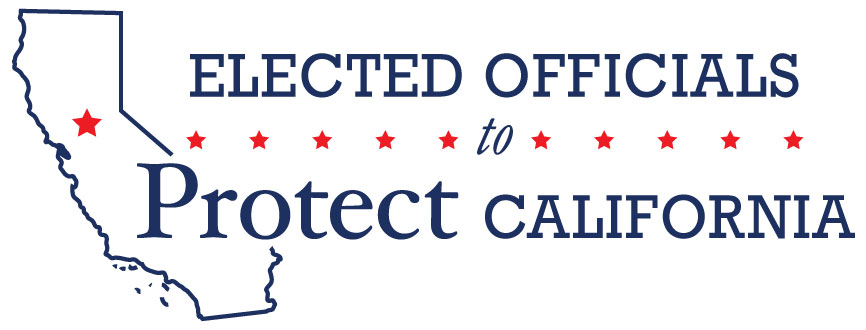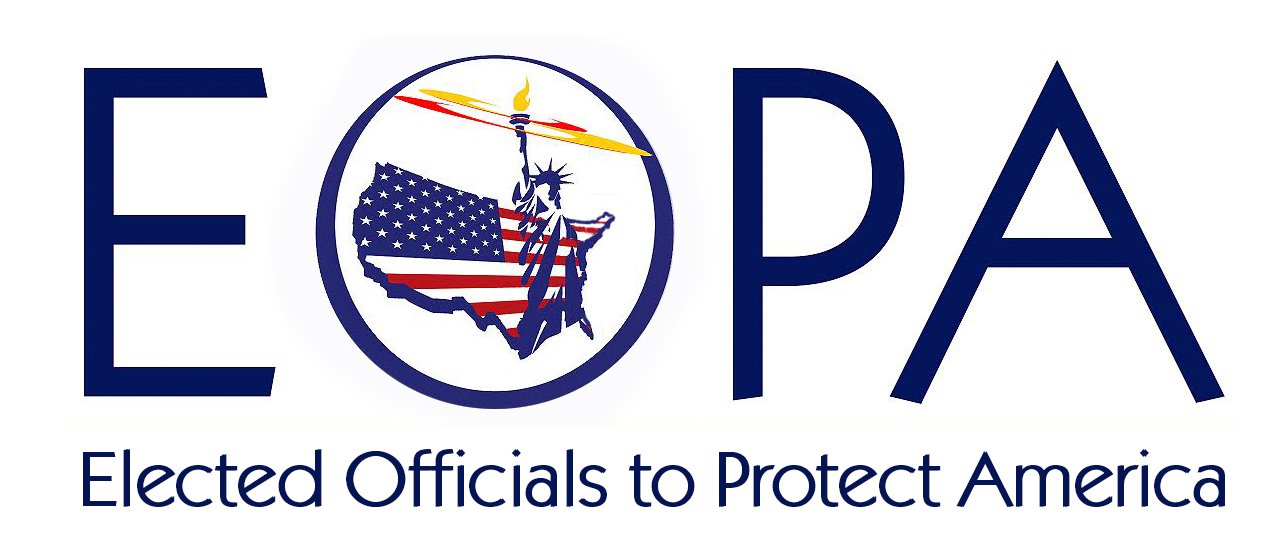Elected Officials to Protect CA to Newsom: No more flip-flops
Culver City, and Ventura County show Gov. Newsom it is possible to protect citizens from drilling and create jobs while phasing out fossil fuels
Regardless of California’s reputation as an environmental leader fighting climate change, the state seems to have forgotten what’s most important: its people. There are thousands of oil and gas wells across the state. Too many are located near homes, schools, and hospitals and where people recreate. Yet the state doesn’t mandate any set back safety zones from oil and gas operations. None. The state is a major oil producer, not just from drilling but from being a refinery for other countries. California is the nation’stop third refinery and those operations dominant communities of color and low income people.
A NRDC analysis of oil and gas development in California shows that approximately 5.4 million people of the state’s population live within a mile of one, or more, of more than 84,000 existing oil and gas wells.
Governor Newsom fails to address these fundamental facts when he publicly claims the state is leading the battle against climate change. He obliquely referenced the need for setbacks around oil and gas drilling operations and the phasing out of fossil fuels in his recent executive order, but ultimately left those tasks to more studies and the legislature.
The California Assembly did try with bill AB 345 that recommended mandatory 2,500 foot safety set-backs. But the legislation didn’t make it out of a Senate committee even though labor unions including United Steelworkers Local 675, California Nurses Association, environmental organizations and renewable energy advocates, local residents and medical professionals testified in its favor. Newsom never publicly supported the bill despite having directed the California Geologic Energy Management Division (CalGEM) to strengthen health and safety rules surrounding oil and gas wells in 2019.
“The governor seems to flip-flop. From halting fracking last year to issuing 48 new permits this year. His recent executive order transferred the moral responsibility to the legislature to take care of setbacks, fracking and phasing out of fossil fuels, thereby kicking the can down the road while millions suffer from the pollution caused by fossil fuels operations throughout the state. Even though helping transfer cars to electric vehicles is a great step, it’s not enough. It’s time the governor addressed the climate crisis at its roots. We are fueling the world’s economy with fossil fuel products,” said San Luis Obispo Mayor Heidi Harmon, Elected Officials to Protect California Steering Committee member. “It’s not too late to mitigate what’s happening, but the governor needs to take action and transition to 100 percent clean, renewable energy now. For the health and wellbeing of our people, we have to become a clean energy economy.”
Until that happens more will die. According to a Stanford report, over 12,000 Califonians die annually from the pollution caused by the oil and gas industrial operations and countless more suffer various health risks.
“Our communities are suffering. We can’t move forward with fossil fuels. We must phase them out. We must create safety buffer areas around wells, and invest in the communities that have been hit the hardest by climate pollution. We must accelerate our transition to a 100 percent clean, renewable energy by 2035. The good news is that it’s possible,” said Meghan Sahli-Wells Culver City Councilmember, and Elected Officials to Protect California Co-Chair. “In fact, we’ve done it in Culver City, we are already running on 100 percent renewable energy with the Clean Power Alliance and we’re creating good union jobs to power our community. Over 30 cities, plus the county of Los Angeles and Ventura County are engaged in the process. Advocates are hoping that the move by Culver City paves the way for L.A. City and County officials, who have also said they are considering health and safety setback regulations.”
While elected officials had high hopes Governor Newsom would progress the state towards a clean energy economy, many elected officials have chosen not to wait. More than 115 local governments in California have passed 175 local policies to protect their communities from fossil fuels.
In August Culver City council-members took the first necessary steps to phase out oil extraction in the city’s 78-acre portion of the Inglewood Oil Field, unanimously directing staff to develop a framework and timeline to phase out active oil wells. Over one million people live within five miles of the massive Inglewood Oil Field, sprawled across Culver City and the historically Black neighborhood of Baldwin Hills.
“We’re phasing out oil drilling in the Culver City portion of the Inglewood oil field, which happens to be the largest urban oil field in the United States,” said Meghan Sahli-Wells Culver City Councilmember, and Elected Officials to Protect California Co-Chair. We’re creating a city that is less dependent on fossil fuels with our progressive transportation, housing, energy, waste, and water policies. We’re doing it in Culver City and we can do it in the rest of the state, in fact, we must.”
Ventura County, a participant in the Clean Power Alliance, has also stepped up to protect their citizens from hazardous oil and gas wells. In September Ventura County Board of Supervisors voted to pass the 2,500-foot safety buffer for schools and study increasing setbacks to 2,500-foot from all sensitive receptors by 2022.
“The commonsense 2,500 set-back ruling in Ventura County should become a statewide policy.”said Oxnard Mayor Pro Tem Carmen Ramirez Esq., an Elected Officials to Protect California Steering Committee member. “This is an important first step toward protecting our people. It shows that local governments can fight back against the oil industry and win. Now we need Gov. Newsom to adopt a statewide setback of at least 2,500 feet. He has the power to issue an executive order to create those 2,500 feet safety zones today.”
More than 8,000 Ventura County residents live within 2,500 feet of an oil well and 60 percent are from the Latino community. Across the state, the vast majority of Californians who live in close proximity to oil drilling are from communities of color, already severely overburdened with other forms of fossil fuel pollution—from ports, freeways, and oil refineries and are have been devastated by the pandemic, suffering three times as many deaths, according to a recent Public Broadcasting poll.
A summary of peer-reviewed studies shows that living, learning, and/or working near oil and gas wells increases risk of poor pregnancy outcomes, cancer, respiratory and cardiovascular problems, asthma exacerbation, and health problems associated with constant loud noise. California’s own independent scientific analysis back in 2015 found that proximity to oil production sites increases exposure to toxic chemicals. In June, a UC Berkeley-led study found that pregnant women in rural California who live within 6 miles of oil and gas wells were significantly more likely to give birth to babies with low birth weights. These children face a greater risk of infections, development delays and other serious health problems.
“Our community which is a low-income, farm worker, immigrant community has said no to continuing obsolete fossil fuel power plants. We said no to the natural gas-fired power plant on our ocean, and now have a hundred-megawatt clean energy storage. If we can stand up to the industry giants, why can’t the governor?” asked Oxnard Mayor Pro Tem Carmen Ramirez Esq., an Elected Officials to Protect California Steering Committee member. “He has to think about the children who grow up in these polluted areas. They must be given a future.”
The mission of EOPA: To create a safe, prosperous, and healthy planet, we empower leadership from elected officials and civic leaders to protect our environment, and fight the climate crisis. As current and former elected officials who care deeply about protecting our planet and people from the dangers of climate change, EOPA educates through value-based storytelling, trains lawmakers, and connects elected officials to inspire strong environmental policy. Lawmakers who are veterans and elected officials lead our mission.
####
October 14, 2020
FOR IMMEDIATE RELEASE
Contact: Alexander Cornell du Houx, President of Elected Officials to Protect California Cell: 207.319.4511

EOPCA is a division within EOPA which is a project of the Solon Center for Research & Publishing, 501(c)3 – Ⓒ 2019

EOPCA is a division within EOPA which is a project of the Solon Center for Research & Publishing, 501(c)3 – Ⓒ 2019

